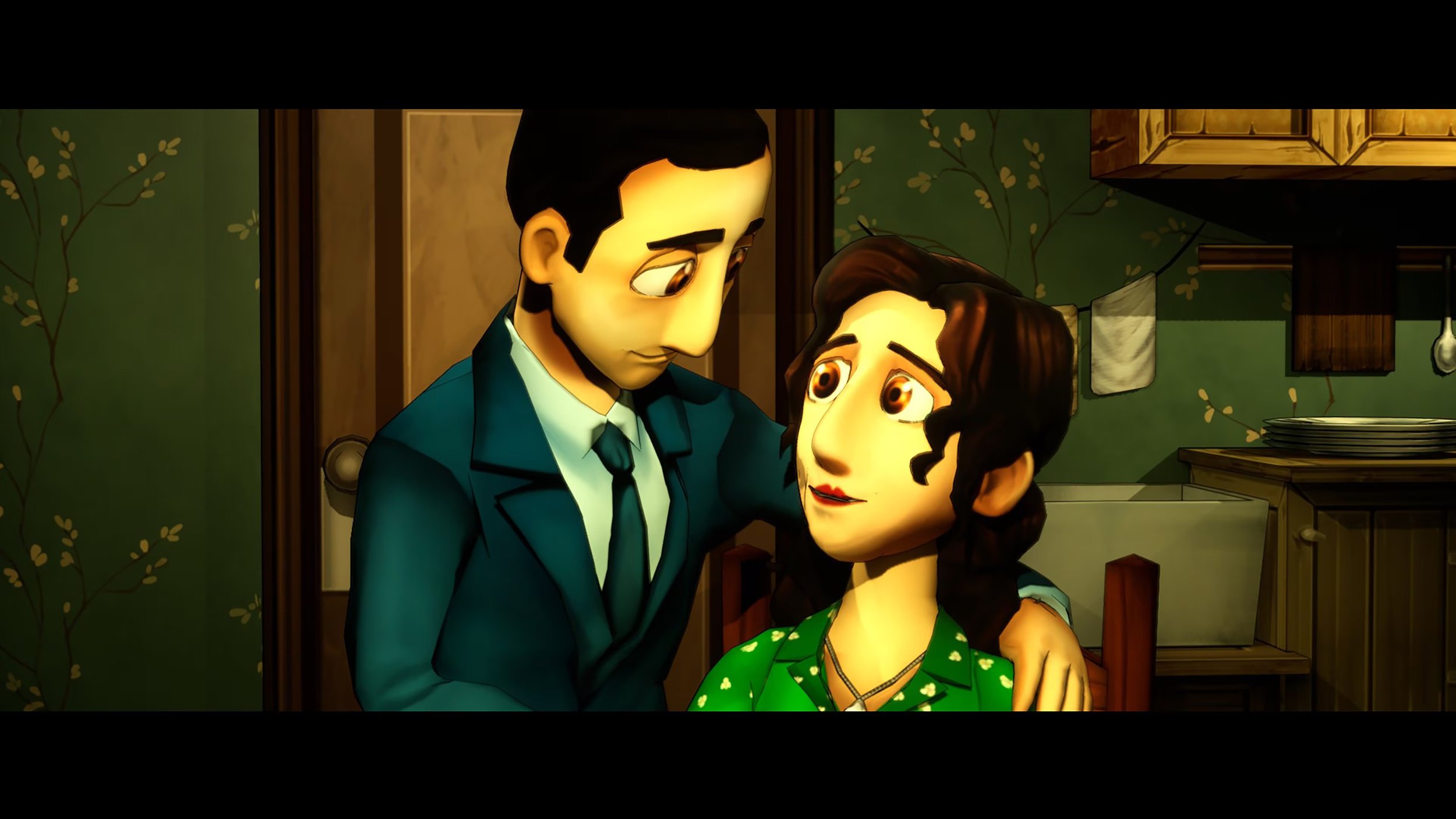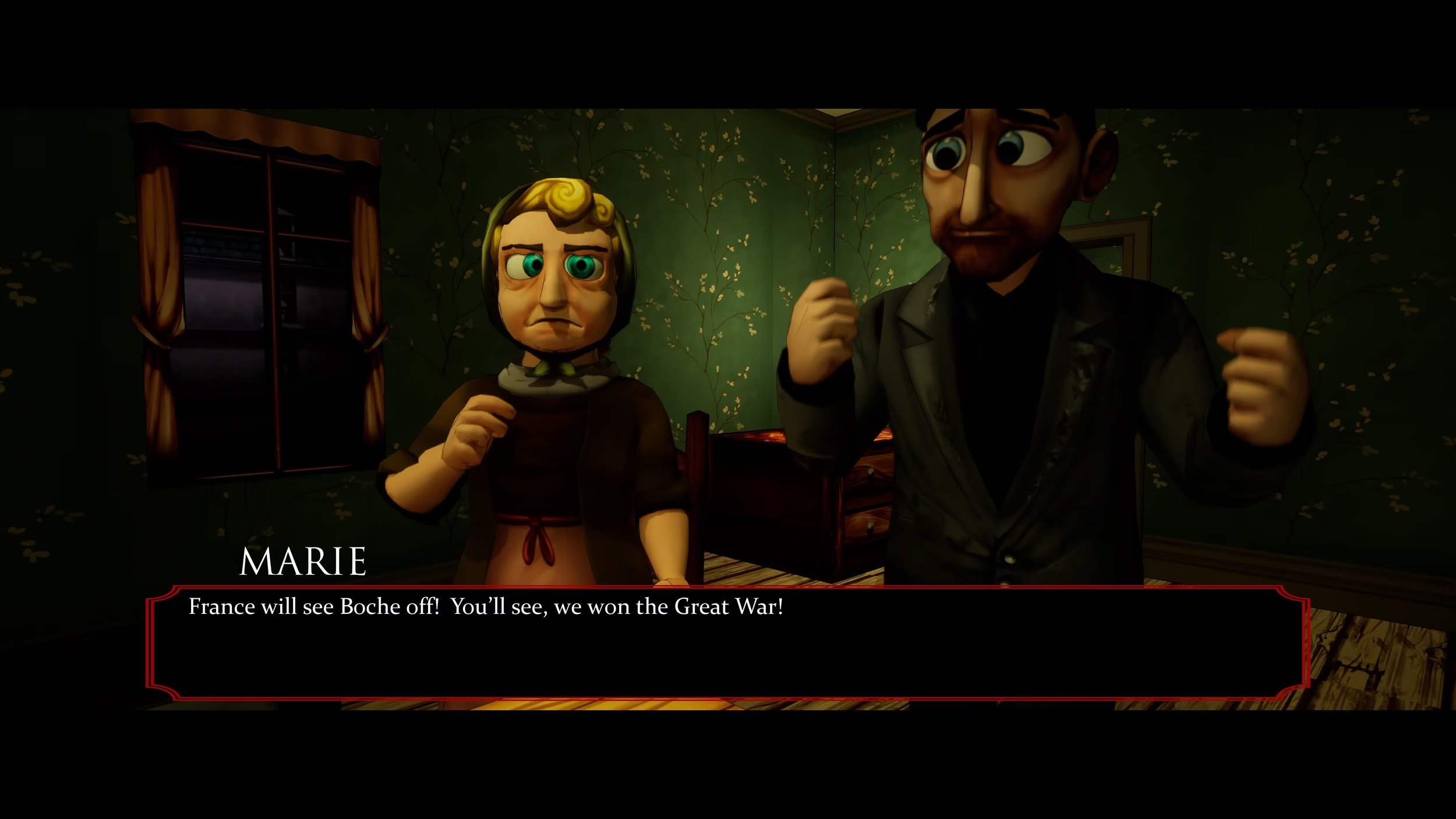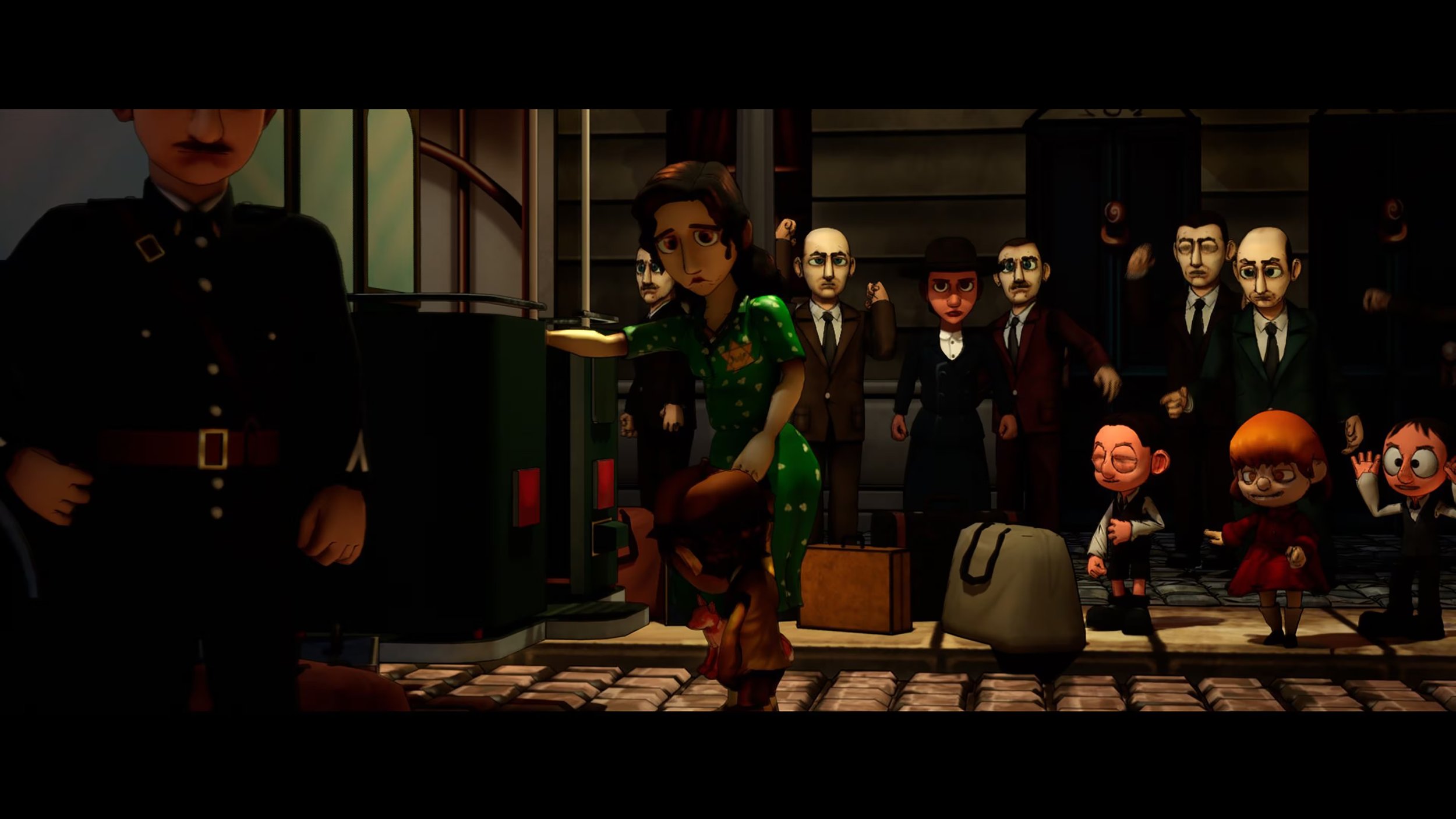The Light in the Darkness [Review]
The Light in the Darkness is a moving account of the Jewish experience during WWII in Vichy France, unfortunately marred by its gameplay and presentation.
During its short one hour length, Voices of the Forgotten’s The Light in the Darkness tells the story of a Jewish family living in France as World War II breaks out, showing their experiences both before a during the occupation. The player controls Samuel, a small child, or his parents, depending on the scene. The story is moving, and an important one to tell, but the presentation really detracts from the end product.
While The Light in the Darkness is closest to a visual novel, I’d classify it more as a third person walking sim. The experience is completely linear; the player must simply move from one location to another, speak with NPCs, or pick up items. The only exceptions are four minigames, three of which should have been left on the cutting room floor rather than be shoehorned in; they detract from the experience due to poor presentation, clumsy controls, or lack of any consequence to the plot. The only one worth keeping is one highly affecting minigame where you must help Samuel’s mother sew a yellow “Juif” star to his coat. The act of having to do this gives the game a lot of weight.
I was frequently frustrated with the gameplay. Sometimes characters would be locked to a torturously slow walking speed. Sometimes where to go isn’t clear and I would only discover I went the wrong way when I hit an invisible wall. Other times, the player has to get the character from one place to another in the game’s neighborhood, but this is repeated for no reason at times. In a narrative based experience, it would be more effective to simply move the character to a destination if nothing happens during the journey; having this dead time makes more important scenes lose emphasis.
Watching a developer commentary video posted in 2022, I noticed several scenes that don’t appear in the final game. I’m curious why they were cut, since all of them look like they would have enhanced the experience and the effectiveness of the story. These included more interactions with people on the street, and a scene where the landlord, Marie, deals with the gendarmes (police) searching the family’s apartment.
I understand why in a game like this it makes sense to not allow a player to skip a cutscene. However, the game doesn’t allow the player to control the dialogue’s pace. As cutscenes unfold, text boxes with the dialogue remain onscreen more or less for the length of time a character is animated speaking a line, and then the game will progress to the next bit of dialogue. This is very awkward because we’re forced to wait for an animation to complete when there’s no voice acting in the game, and then becomes frustrating because the player has no control on when to advance to the next piece of dialogue.
The quality of graphics is somewhere between a PS2 and PS3 era game. This wouldn’t be a negative if the gameplay experience was better; the visuals along with how the game controls and plays makes the whole thing feel rushed and of poor quality. It’s a shame because telling these stories is important, but I can see someone abandoning the game because of these issues. A little more polish both in visuals and gameplay would have gone a long way.
The Light in the Darkness is available now free in honor of Holocaust Remembrance Day on PC (Epic / Steam), and Playstation 4 / Playstation 5.




